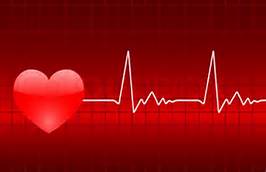A Mendelian randomization study provides genetic evidence for the causal effects of lipids on blood pressure (BP) indicators. Based on large-scale genome-wide association study summary data, genetically predicted triglycerides (TG) were the most likely causal factor among the major lipids to increase systolic blood pressure (SBP) and diastolic blood pressure (DBP), with marginal inclusion probabilities (MIPs) of 0.993 and 0.847, respectively. Among most lipoproteins and their containing lipids, genetically elevated TG in small high-density lipoproteins had the strongest association with the increase of SBP and DBP, with MIPs of 0.416 and 0.397, respectively. HDL cholesterol and low-density lipoprotein cholesterol (LDL_C) were potential causal factors for pulse pressure (PP) elevation among the major lipids (MIPs of 0.927 and 0.718, respectively). Within the sub-lipoproteins, genetically predicted atherogenic lipoprotein particles (i.e., sub-very low-density lipoprotein, intermediate-density lipoprotein, and LDL particles) had the most likely causal impact on increasing PP. The findings are consistent with clinical benefits of combined antihypertensive and lipid-lowering therapy in high BP patients and suggest that comprehensive management of lipid profiles may be beneficial for BP control. Source: https://www.thelancet.com/
